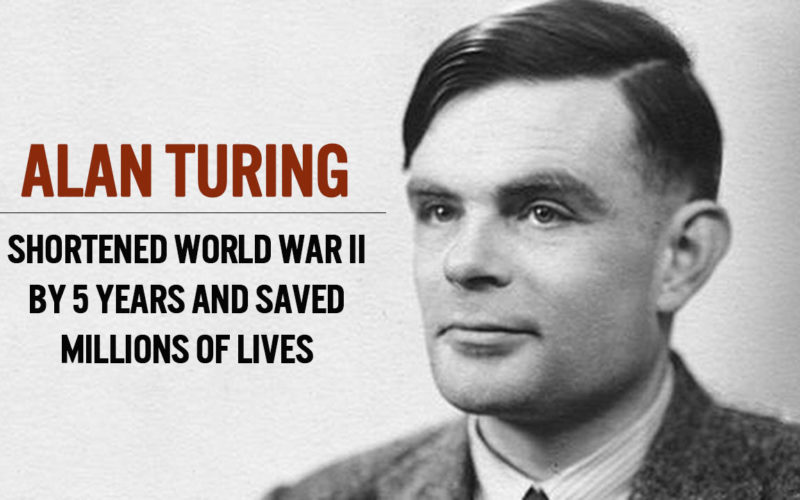- 30.5Kshares
- Share
- Tweet
- Facebook Messenger
We love success stories and successful people. They inspire us to be successful and make our lives better.
But in this world, far away from the Forbes 500, there is a group of people working tirelessly in closed quarters on things that have tremendous impacts on humanity and our whole planet in general.
Most of the times, they fail, but their life work is carried forward by other people of their kind and finally a breakthrough is achieved, which changes the whole world directly or indirectly, saving millions of lives.
1. Alan Turing, who indirectly ended the Nazi rule and shortened the Second World War
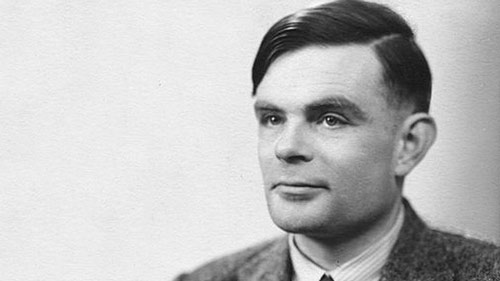
Alan Turing gave us modern computers, and that saved enough lives already. But his greatest contribution to humankind was when he worked to build a computer to crack the Enigma code of Nazi Germans.
Nazi Germany had a powerful military, and an extensive network of submarines that wrecked havoc from Eastern Europe to the Atlantic. The Allies had no way of anticipating the next attack, even when they had all the enemy signals intercepted. It was very well encrypted by the Enigma code.
Alan Turing worked on the first successful codebreaking computer at Bletchley Park. The computer broke the Enigma code and led to the fall of Nazi rule much before they would have given up.
In this way, he saved millions upon millions of lives.
2. Karl Landsteiner who discovered blood groups and made blood transfusions possible
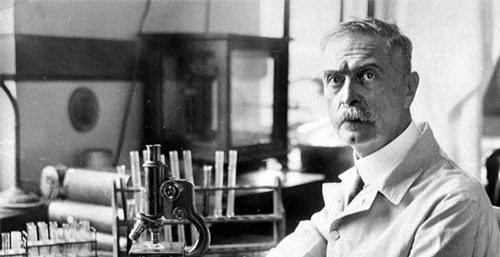
If a person suffers from a grievous bodily injury where there is massive bleeding, the first thing doctors do is transfuse blood so that our body can survive. Sadly we cannot just take anyone’s blood and inject it into ourselves – not even our parents’.
Karl Landsteiner was the person who found out the reason why the blood clots if two different blood types are mixed.
This incredible discovery meant that blood could be donated and people’s lives could be saved without worrying whether the transfusion itself will kill the person or not.
Also, he isolated the Polio virus.
3. Jonas Salk who worked hard and selflessly to mass produce polio vaccine
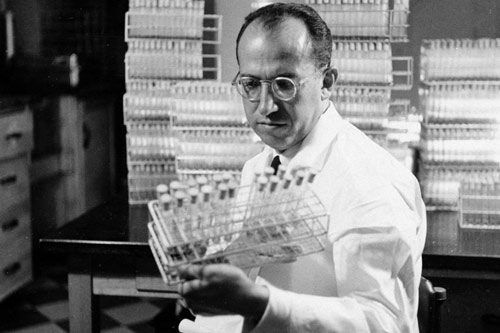
Sadly, isolating a virus is only one-half of the job done to deal with the disease it causes.
Polio was destroying the lives of children everywhere – from Americas to Europe to our own India. Jonas Salk worked tirelessly and came up with the first successful vaccine that worked and the field trials were successful.
He even refused to get the vaccine patented to his name and worked to make the vaccine mandatory for all Americans.
4. Vasili Alexandrovich Arkhipov, who averted a sure nuclear war
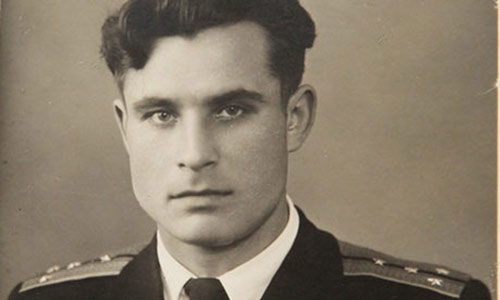
The Americans and the Russians were in the middle of a very bitter Cold War and the situation escalated to the highest tensions during the Cuban Missile Crisis, where both the countries were ready to nuke each other.
Arkhipov was second-in-command in the submarine B-59. American Destroyer ships had located this submarine and tried to force it out of deep water by dropping explosive test charges in water. These charges were not meant to harm the submarine.
But the commander of the submarine assumed that a war had finally broken out and suggested that they launch the nuclear-tipped torpedo in their arsenal. Arkhipov bargained vigorously against this, and convinced the commander against the stupid decision. They couldn’t communicate with Moscow because the submarine was too deep to receive radio comms.
Thus, a nuclear war was averted. The Americans and the Russians had thousands of war-ready nuclear missiles ready to be launched. It would have ended the humanity as we know it.
5. Edward Jenner, who created the first vaccine and laid seeds to eliminate smallpox
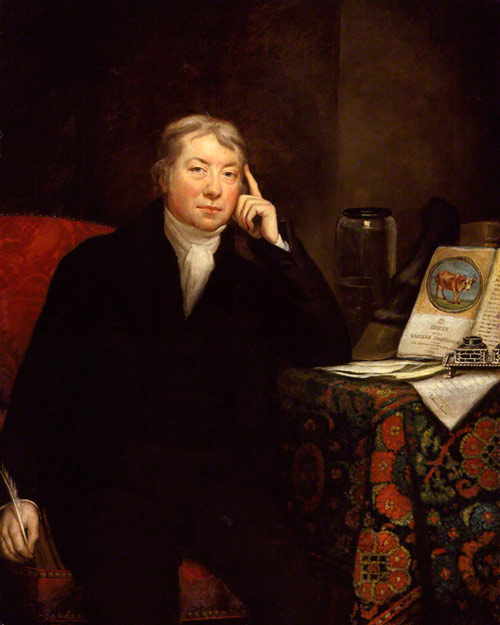
Edward Jenner came up with the world’s first vaccine. That too for a deadly disease like Smallpox – a nasty, virulent and deadly disease. It is responsible for up to 500 million deaths in the 20th century alone.
Edward Jenner observed that the milkmaids that milked the cows never contracted smallpox. He investigated to find that they were infected with Cowpox, a similar disease but far less virulent and not deadly.
He experimented and found that if he infected people with cowpox, they became immune to smallpox. Then he worked on the vaccine that basically began the field of immunology in medicine.
He has probably saved more human lives than anyone else in humanity.
6. Joseph Lister, the father of antiseptic procedures
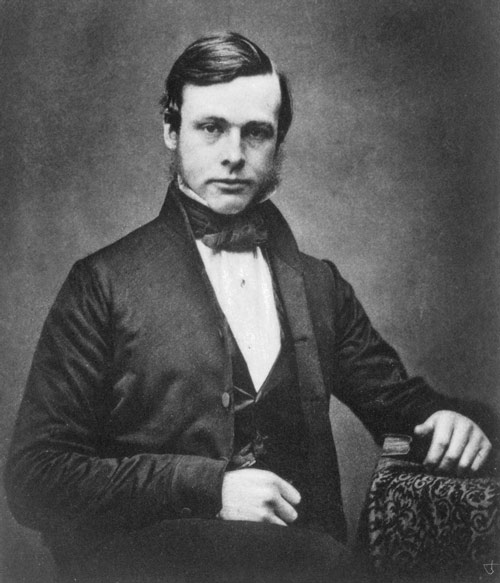
It is commonplace today to even wash our hands before eating food. We all know that germs inhabit every surface and cause diseases. We know that if we get hurt and a wound the first thing we should do is wash the wound with a disinfectant.
In the 1800s, this was not the case. Medicine was still a novice field and doctors thought that infections were caused by “bad air”.
But by the 1860s, Louis Pasteur had come up with his theory of microbiology that talked how microorganisms grew. Lister used this work and experimented. He used Carbolic acid – a disinfectant – and cleaned his surgical instruments and hands before surgery. As a result, none of his patients suffered from infections.
Thus, he set the standard of cleaning and sterilizing all equipment and even the hands before dealing with a patient.
7. Norman Ernest Borlaug who made India, Pakistan and Mexico food-independent
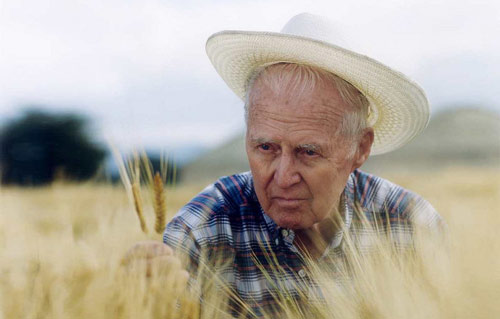
After India and Pakistan had gained independence, we were basically pretty bad with regards to growing crops. Although our major profession was still agriculture, our population was growing and supply didn’t meet demands. We imported a lot of food.
At the same time, Norman Borlaug was experimenting in a field in America, trying to make strains of wheat that would grow quickly and would be disease free. He was successful in discovering better strains of wheat that withstood the elements and disease too.
Then he exported these findings to Mexico, Pakistan and India.
As a result, our wheat production doubled during the 1960s and 1970s.
Indian government awarded Borlaug with Padma Vibhushan. He is also a Nobel Laureate.
8. Alexander Fleming, discovered penicillin, the first antibiotic
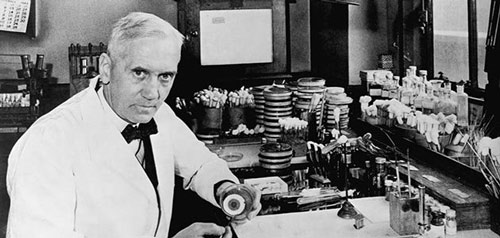
We cannot really imagine a doctor visit that didn’t end up with at least a light dose of antibiotics. But most of the bacterial diseases were cured by holistic approaches.
Alexander Flemming was a messy guy. One day he left a few cultures of a bacteria he was working on carelessly in his lab. After he came back he found that a fungus was growing on one of these cultures and all the bacteria was destroyed around it.
This led to the first antibiotic penicillin. It directly cured pneumonia, meningitis, scarlet fever and diphtheria.
9. Alexei Ananenko, Valeri Bezpalov and Boris Baranov contained the Chernobyl disaster by sacrificing their lives
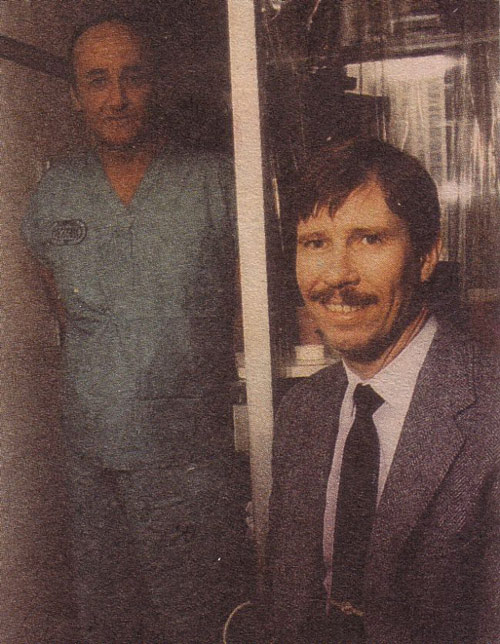
When a nuclear reactor goes critical, and the emergency shutdown fails, the first things they do is they flood the reactor with water to cool the reactor core.
That’s what they did when Chernobyl happened. That’s what they did. They flooded the plant with water. But the water cannot just stay there, it has to be drained. And the plant managers called for volunteers.
Alexei Ananenko, Valeri Bezpalov and Boris Baranov volunteered. Remember that the plant was critical and that means ionizing radiation was everywhere inside and these three walked in and drained the water after which bags of sands were dropped on the plant to control the leak.
They died soon after they got out of this rescue mission and a continent-wide nuclear disaster was averted.
10. Fritz Haber whose work led to the mass production of the fertilizer
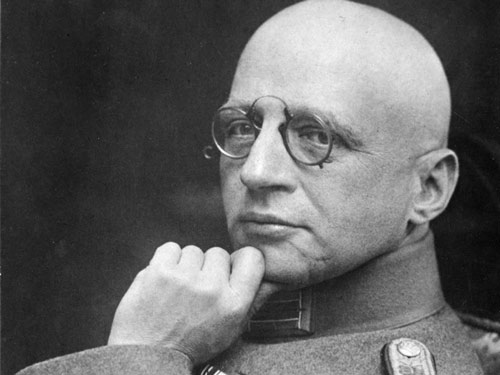
He didn’t create the fertilizer, but he found a way to synthesize Ammonia from Nitrogen and Hydrogen. The technique was important to produce chemical fertilizers on a large scale. Although chemical fertilizers have their disadvantages, at that time they were responsible for big crop yields.
Bigger crop yields meant better food security for humanity.
The irony is that his ammonia-making process which is called the Haber-Bosch process is also responsible for the birth of mass-produced explosives.
11. Sir Ronald Ross, discovered the malaria parasite
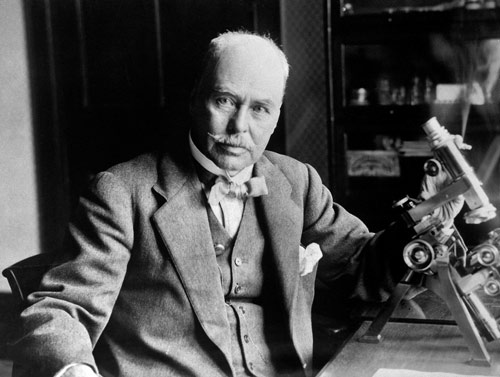
On his visit to colonial India, way back in 1895. Immediately he started working on malaria patients. He was not on an official capacity in India and requested to work in British medical officer’s labs to work on the disease.
He also observed that mosquitoes thrived in stagnant water.
Then after 2 years of hard work, he finally found the malaria parasite and discovered the anopheles species of mosquito. This discovery was essential in understanding the lethal disease that still afflicts millions of people in India.
These people weren’t exactly the most successful people, nor were they ridiculously rich with lovely lives. But the work they did had a tremendous impact on humanity.
And in the end, their work puts them in the history books, forever.
- 30.5Kshares
- Share
- Tweet
- Facebook Messenger




